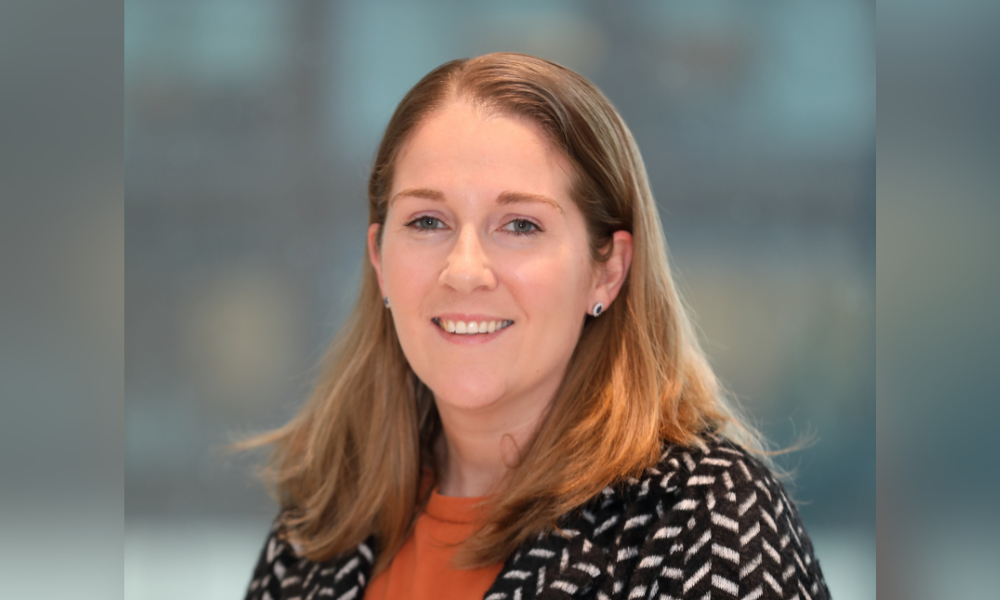

For Eve Cout, head of portfolio design and solutions for US wealth at BlackRock, there are key structural trends that are changing the way clients run their businesses, build their portfolios, and engage with partners. The managing director within US wealth advisory at BlackRock said that clients are looking to work with fewer partners who can offer a deeper relationship across products, portfolios, and services.
This consolidation trend is driving advisors to seek partnerships that can provide comprehensive solutions, enabling them to streamline their operations and offer more value to their clients. On the product side, everyone wants more efficient, effective, and easier ways to access public and private markets. This demand is fueling the growth of ETFs and the popularity of alternatives and separately managed accounts (SMAs).
"These are simplified, convenient ways to access complex areas of the marketplace," Cout adds.
Outsourcing is another critical trend, especially in relation to models. "Advisors want to spend more time with clients. That's why they seek deeper partnerships with firms like BlackRock, to put more time back in their day for client meetings and practice management.”
Personalization is also crucial to Cout, explaining that every advisor knows you need to address unique individual needs – taxes, values alignment, and investment outcomes. The ability to tailor investment solutions to meet the specific needs of each client is becoming increasingly important, especially as wealth transfers to the next generation. Lastly, technology is accelerating these trends across the industry and at BlackRock, technology is taking center stage. Model portfolios aren’t just an investment solution; they are also a client-servicing solution.
"We've built a wealth of technology and resources around what we call the surround sound,” she says. “So that when advisors work with a BlackRock model, they know from the first conversation to the tenth quarterly review exactly what BlackRock traded, why we traded, and how to explain this to their clients.”
This approach goes beyond just delivering a PDF via email. It includes delivering information through podcasts and Advisor Center experience on BlackRock’s website.
"Advisors can quickly generate a proposal that includes all the necessary information, add the client’s name, and produce it in a client-friendly format in a few clicks," Cout explains. "When we think about technology, it's about making it easier to understand and empowering the advisor to deliver that to their client."
The use of the Aladdin platform further enhances this capability by providing advisors with risk statistics and portfolio scenarios that they can easily communicate to their clients.
"Think about the common scenarios your clients may ask you about – what happens if rates go up? What happens if 2008 happens again? We provide very simple illustrations of that portfolio under those scenarios," she adds.

Firms are facing increasing scrutiny over whether they can be held responsible for losses by clients whose ability to understand their investments has been compromised.

Decision deepens the two firms’ decade-long relationship

Linqto Inc. was one of the first tech platforms to promise access to small investors into the high-risk, high-reward world of private investments.

Since Vis Raghavan took over the reins last year, several have jumped ship.

Chasing productivity is one thing, but when you're cutting corners, missing details, and making mistakes, it's time to take a step back.
Stan Gregor, Chairman & CEO of Summit Financial Holdings, explores how RIAs can meet growing demand for family office-style services among mass affluent clients through tax-first planning, technology, and collaboration—positioning firms for long-term success
Chris Vizzi, Co-Founder & Partner of South Coast Investment Advisors, LLC, shares how 2025 estate tax changes—$13.99M per person—offer more than tax savings. Learn how to pass on purpose, values, and vision to unite generations and give wealth lasting meaning
